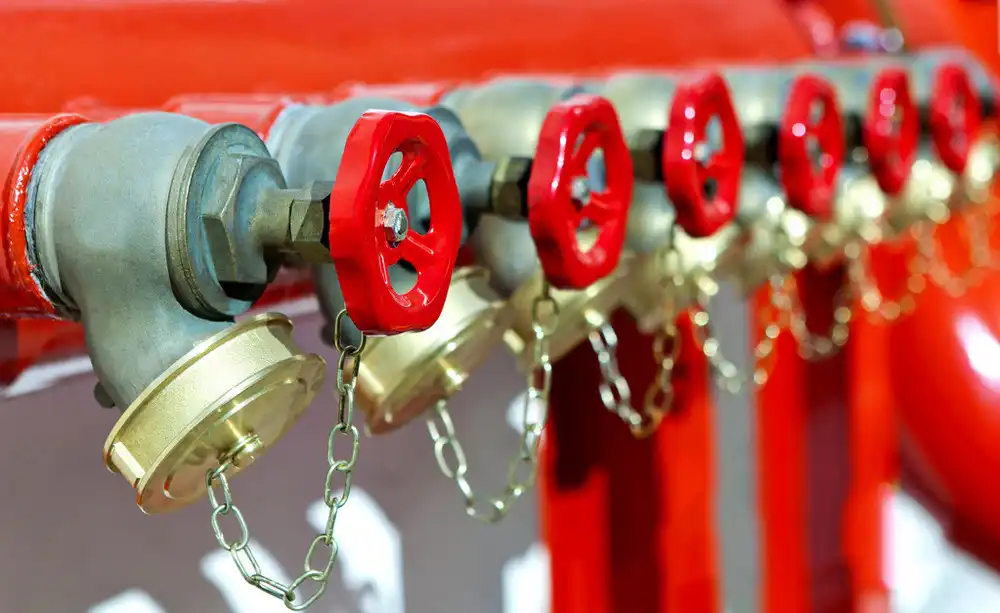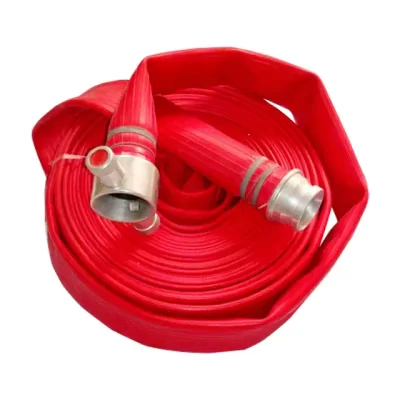Fire safety is a critical concern for any building, whether residential, commercial, or industrial. Among the various fire protection tools, fire hoses play a crucial role in controlling and extinguishing fires before they spread. Having a fire hose readily available on your premises can significantly enhance safety, minimize property damage, and potentially save lives. This article explores the importance of fire hoses and how they contribute to protecting your property.
1.Rapid Response to Fire Emergencies
A fire hose provides a powerful and immediate response to fires, especially in the early stages when quick action can prevent a small fire from escalating into a disaster. When integrated into your fire protection system, such as being connected to a water supply through fire hose reels or standpipes, it offers a reliable method for controlling and extinguishing flames.
Why Important: Fire hoses allow building occupants, trained personnel, or firefighters to fight fires on the spot without waiting for external fire services, ensuring that the fire does not spread while help arrives.
2.High Water Pressure for Effective Firefighting
Fire hoses are specifically designed to withstand high water pressure, making them much more effective at dousing flames compared to standard water sources like buckets or household hoses. The powerful stream of water from a fire hose can reach longer distances, penetrate deeper into burning materials, and cool the surrounding area to prevent the fire from spreading.
How It Works: Fire hoses are connected to either a fire hydrant, fire hose reel, or a dedicated water supply. The pressurized water is expelled through the hose with significant force, making it capable of quickly suppressing flames.
3.Accessibility and Ease of Use
Fire hoses installed on premises are typically part of a fire hose reel system, which is strategically located for easy access in case of an emergency. These systems are designed to be user-friendly, allowing occupants to quickly unroll the hose and direct water onto the fire with minimal effort. Many fire hose reels come equipped with simple nozzles that regulate the water flow, making them easy to handle even for untrained users.
Why Important: The faster and easier it is to access and deploy fire-fighting equipment, the more effective it will be in containing a fire before it becomes uncontrollable.
4.Compliance with Fire Safety Regulations
In many regions, fire safety regulations require buildings, especially commercial or high-occupancy premises, to be equipped with fire hoses or fire hose reels as part of their fire protection system. Compliance with these regulations ensures that your property is adequately prepared to handle fire emergencies, which can also help reduce insurance costs and legal liabilities.
Why Important: Ensuring compliance with local fire safety laws helps protect the building and its occupants, and may also provide legal protection in case of fire incidents.
5.Minimizing Property Damage
A fire hose is not only vital for saving lives but also for reducing the extent of property damage caused by fire. The ability to control and extinguish a fire before it spreads can prevent structural damage, save valuable equipment, and avoid costly repairs and downtime.
How It Works: By quickly extinguishing flames, fire hoses can prevent heat, smoke, and fire from spreading to other parts of the building, thus minimizing the damage caused to both the structure and its contents.
6.Versatility for Different Fire Scenarios
Fire hoses are versatile tools that can be used in various fire situations. While they are particularly effective against Class A fires (those involving common combustibles like wood, paper, or fabric), they can also be used in combination with other fire-fighting equipment for more complex fire situations. In industrial settings, specialized nozzles or foam attachments can be added to fire hoses to combat fires caused by chemicals, fuels, or oils.
Why Important: Having a fire hose on hand allows flexibility in dealing with different types of fires, making it a versatile part of your overall fire protection system.
Conclusion
A fire hose is an essential fire-fighting tool that enhances the safety of your premises by providing a rapid, powerful, and effective response to fires. Whether installed as part of a fire hose reel system or connected to external fire hydrants, fire hoses allow for early intervention, which can prevent fires from escalating, save lives, and protect property. Investing in a well-maintained fire hose system, along with other fire safety measures, ensures that your building is prepared to handle fire emergencies effectively.









